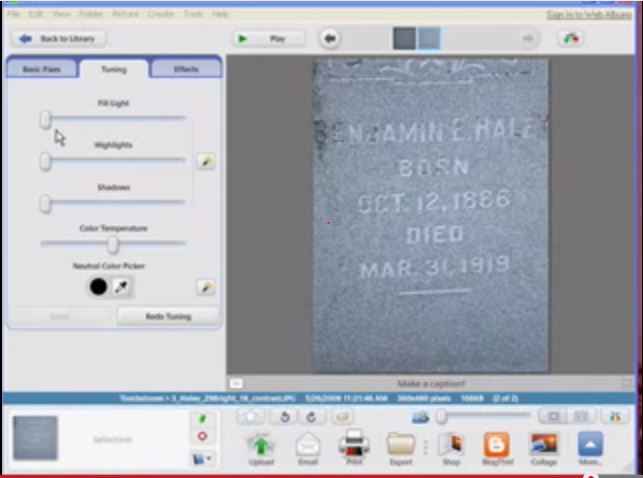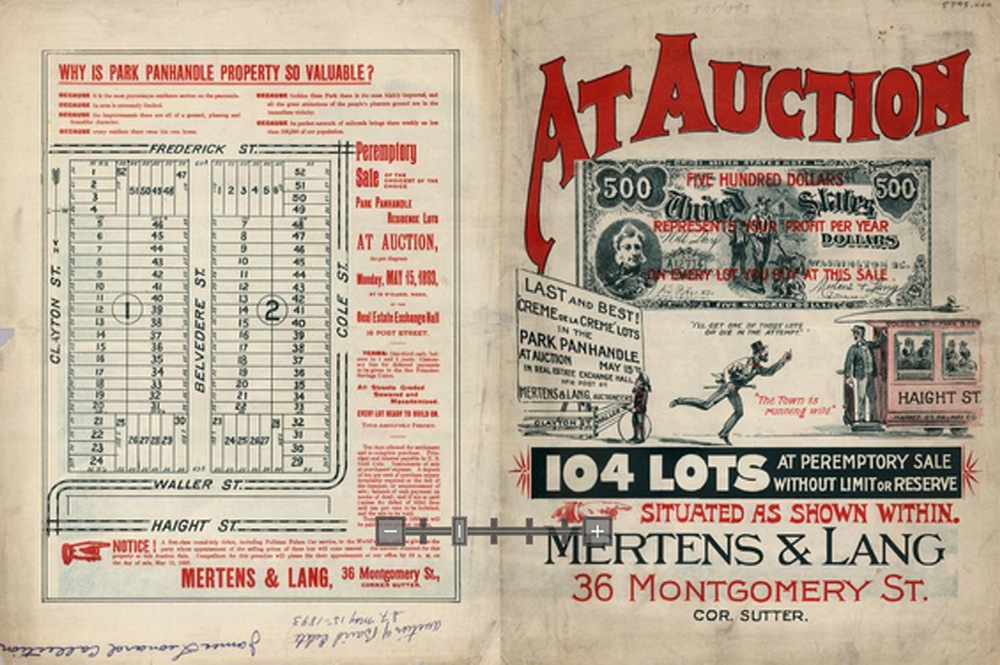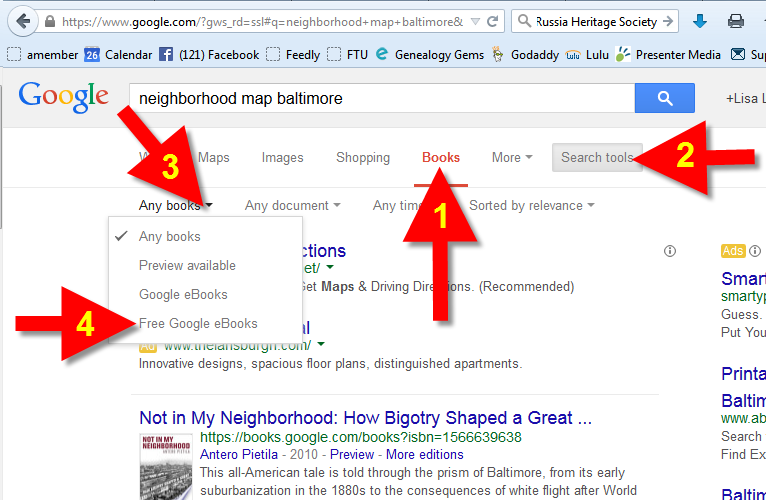Blog


Free Video: How to Read a Faded Tombstone Without Damaging the Stone
 Recently I heard from listener Tom, who is trying to document Civil War veterans from Washington state. “I am taking pictures of their headstones,” he says. “I currently use just a spray bottle and soft brush to wash away the 100 years plus of dirt so I can better see and photograph the inscriptions. Do you have a better way to clean and photograph or maybe rub the headstones?”
Recently I heard from listener Tom, who is trying to document Civil War veterans from Washington state. “I am taking pictures of their headstones,” he says. “I currently use just a spray bottle and soft brush to wash away the 100 years plus of dirt so I can better see and photograph the inscriptions. Do you have a better way to clean and photograph or maybe rub the headstones?”
I don’t recommend tombstone rubbings because each time a genealogist does that it wears the headstone down just a little bit more, causing deterioration.
However, I have a better solution for how to read a faded tombstone. I created a free video based on an article I wrote for Family buy serc medication Tree Magazine. It’s called Grave Transformations and you can watch it for free on Family Tree Magazine’s YouTube channel or just watch below. The idea is that instead of touching the headstone at all, you can simply manipulate your photographic images of it instead! Watch the video and you’ll see those faded letters come back into view. It’s pretty cool!
 Did you know the Genealogy Gems You Tube Channel has over 70 free videos on a wide variety of genealogical topics? Click to go to our channel’s home page. Be sure to click the SUBSCRIBE button on the channel so that you won’t miss our new videos when they are published!
Did you know the Genealogy Gems You Tube Channel has over 70 free videos on a wide variety of genealogical topics? Click to go to our channel’s home page. Be sure to click the SUBSCRIBE button on the channel so that you won’t miss our new videos when they are published!

Google Keep versus Evernote for Your Note-Taking Needs
 Google Keep, Google’s note-taking app, is getting better. According to a post on an unofficial Google blog, “Google Keep now lets you add labels to your notes. Just click the 3-dot icon below the note and select ‘add label.’ There are 3 default labels (inspiration, personal, work), but you can add your own labels.” The post goes on to describe the navigation menu, show how to export notes to Google docs and create recurring reminders.
Google Keep, Google’s note-taking app, is getting better. According to a post on an unofficial Google blog, “Google Keep now lets you add labels to your notes. Just click the 3-dot icon below the note and select ‘add label.’ There are 3 default labels (inspiration, personal, work), but you can add your own labels.” The post goes on to describe the navigation menu, show how to export notes to Google docs and create recurring reminders.
According to the post, “The new features are available in Google Keep’s web app, Chrome app and Android app (Google Keep 3.1).”
Google Keep Versus Evernote
How does Google Keep compare to Evernote? Well, I’m a longtime Evernote user who wrote a genealogist’s quick guide to using Evernote (see below) and provides the Ultimate Evernote Education to my Genealogy Gems Premium members. I might be just a bit biased when I say I still whole-heartedly prefer Evernote–but that’s because of what I do with Evernote, which is full-scale organization of my life and genealogy research across all my devices.
One tech writer’s post on Google Keep v Evernote indicates that she likes the simple functionality of Google Keep for quick notes. Yet, she writes, “I’m a big fan of Evernote as well, because of its strong organizing options–tags and saved searches, notebooks and stacked notes–but it can be overwhelming for simple note-taking. It is, however, cross-platform and, unlike Google Keep, more likely to stick around (former Google Reader users might be afraid to sign up for a new Google app that could be pulled suddenly).” I have to agree with this last comment. Actions speak louder than words, and they are evidence worth pondering.
Another post, though it’s a little older, sings a similar tune: “While there is some overlap [with Google Keep], Evernote is still a much more robust product with a bigger feature set and far greater device compatibility. Google Keep has an attractive user interface and is being met with a pretty positive response—an average rating of 4.4/5 stars in the Google Play store so far, but it’s presently nowhere near Evernote’s capabilities.”
Still a third writer has figured out how to use both apps, just for different tasks. For my part, reading through all these opinions reminded me how fortunate we are that technology gives us so many options to help us meet our needs. The challenge is figuring out how to use the powerful tools we have at our fingertips. That’s what we specialize in here at Genealogy Gems.
For me, I’m sticking with Evernote. One of the most compelling reasons in addition to many (cross-platform functionality, synchronization to all devices, OCR…) is that note-taking is Evernote’s primary focus. It’s not one of dozens of products (which is the boat that Google Keep and OneNote are aboard.) Instead, it is the singular purpose of Evernote’s research, development and execution. I like that kind of dedication when it comes to something as precious as my genealogy research notes.
Resources
 My Evernote for Genealogy laminated quick guides for Windows or Mac will get you started right away and keep you going as an everyday quick reference guide.
My Evernote for Genealogy laminated quick guides for Windows or Mac will get you started right away and keep you going as an everyday quick reference guide.
How to Get Started in Evernote, and the Ultimate Evernote Education

3 Sources for Historic Maps that May Surprise You
Old maps are an essential tool for discovering more about your family’s history. If you have exhausted more traditional sources, here are three places to find maps that may surprise you.
#1 Surprising Finds within the David Rumsey Map Collection
You’re probably aware that the David Rumsey map collection website is a terrific source for old maps. But you may be surprised by the variety of maps, some which you likely don’t come across every day. Here’s a fun little tactic I took today to see what it may hold in store beyond typical maps. A search of the word neighborhood reveals that their holdings go well beyond traditional maps. Here’s an example from San Francisco showing a neighborhood in its infancy:

And the image below depicts the Country Club district of Kansas City in the 1930s. If your family lived there at that time, this is a real gem.
#2 Google Books
If you think Google Books is just books, think again. Historic maps, often unique and very specific, can often be found within those digitized pages. Try running a Google search such as: neighborhood map baltimore.
Click the MORE menu and select BOOKS. Then click the SEARCH TOOLS button at the top of the results list, and from the drop down menu select ANY BOOKS and then click FREE GOOGLE BOOKS:
Select a book that looks promising. Then rather than reading through the pages or scanning the index, save loads of time by clicking the thumbnail view button at the top of the book. This way you can do a quick visual scan for pages featuring maps!
When you find a page featuring a map, click it display it on a single page. You can now use the clipper tool built right in to Google Books to clip an image of the map. Other options include using Evernote (free) or Snagit ($).
#3 Old Newspapers at Chronicling America
http://chroniclingamerica.loc.gov/
Like Google Books, the digitized pages housed at the Chronicling America website contain much more than just text. Old newspapers printed maps to help readers understand current events like the progress of war or the effect of a natural disaster. This map from The Tacoma Times in 1914 shows a map of Europe and several quick facts about the “Great War,” World War I:
Here’s one more example below. A search for “San Francisco earthquake” at Chronicling America brought up this bird’s eye view of San Francisco at the time of the major 1906 earthquake. Articles below the map explain what you’re seeing:

The Minneapolis Journal, April 19, 1906. Image at Chronicling America; click on image to see it there.
Learn more about using newspapers to understand your ancestors’ lives in my book, How to Find Your Family History in Newspapers.
Want more inspiring ideas for finding historic maps? Below is my FREE 8-minute video on using Sanborn maps. This is an excerpt from my Genealogy Gems Premium video, “5 Ways to Enhance Your Genealogy Research with Old Maps.” (Premium membership required to watch that full video along with others like “Best Websites for Finding Historical Maps.”)








